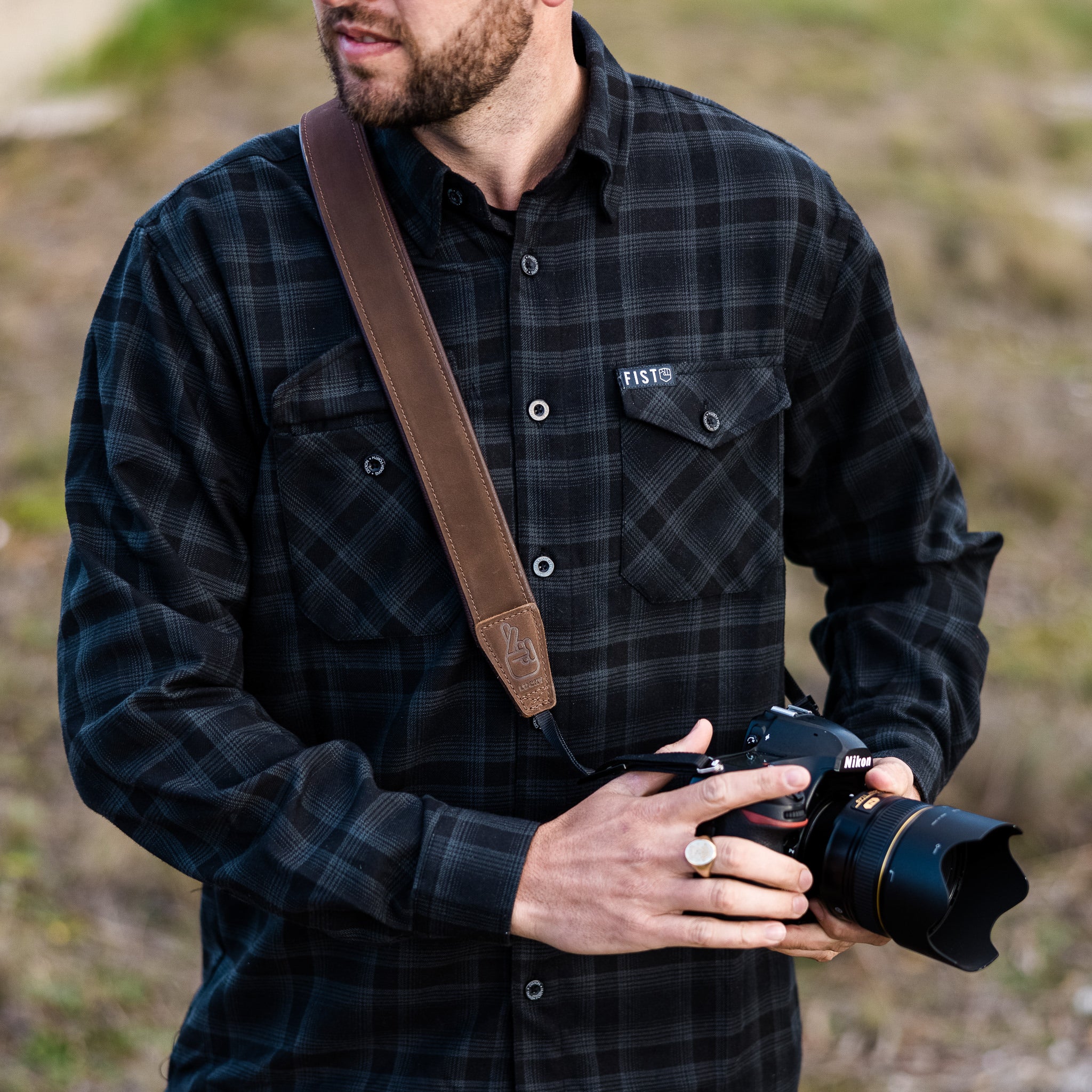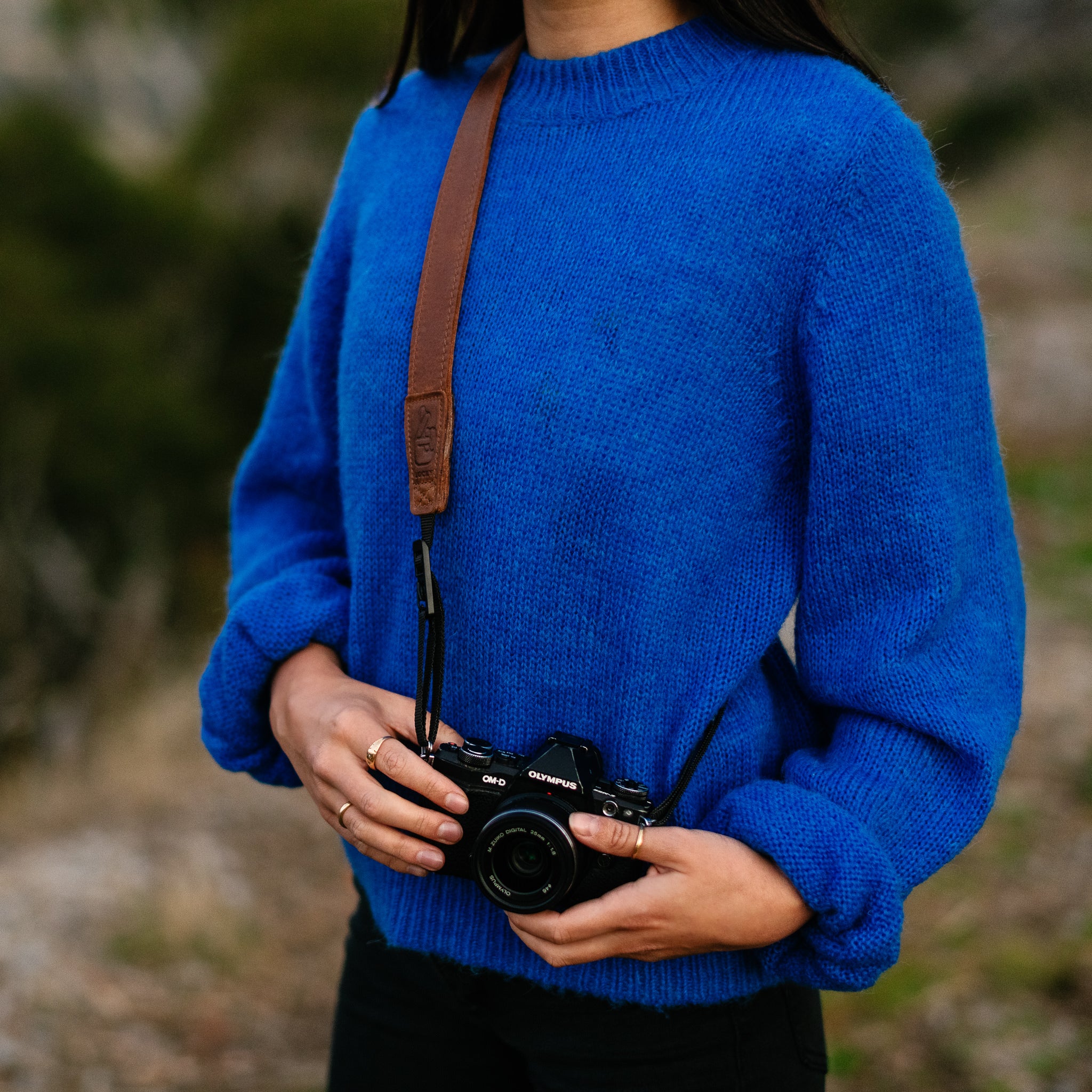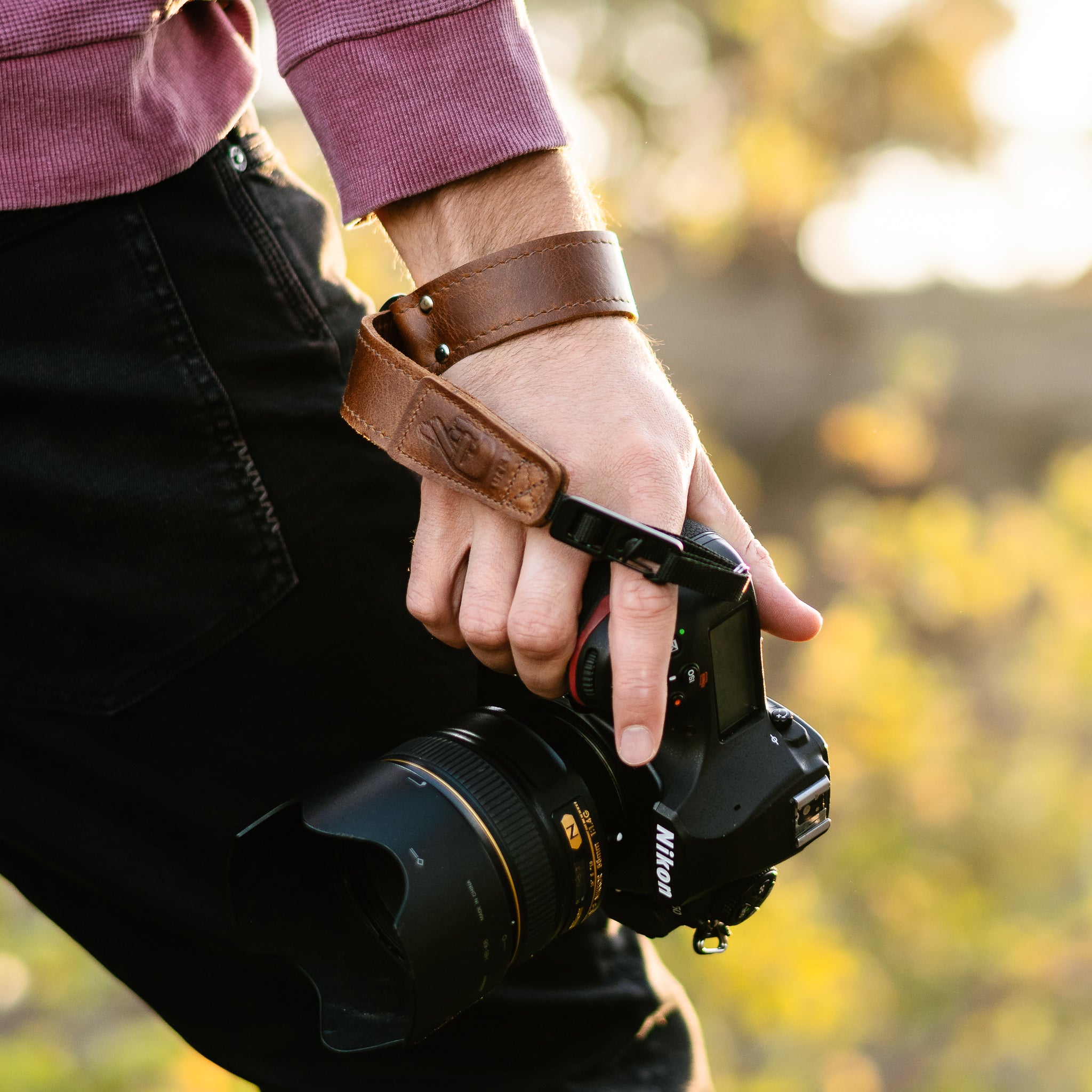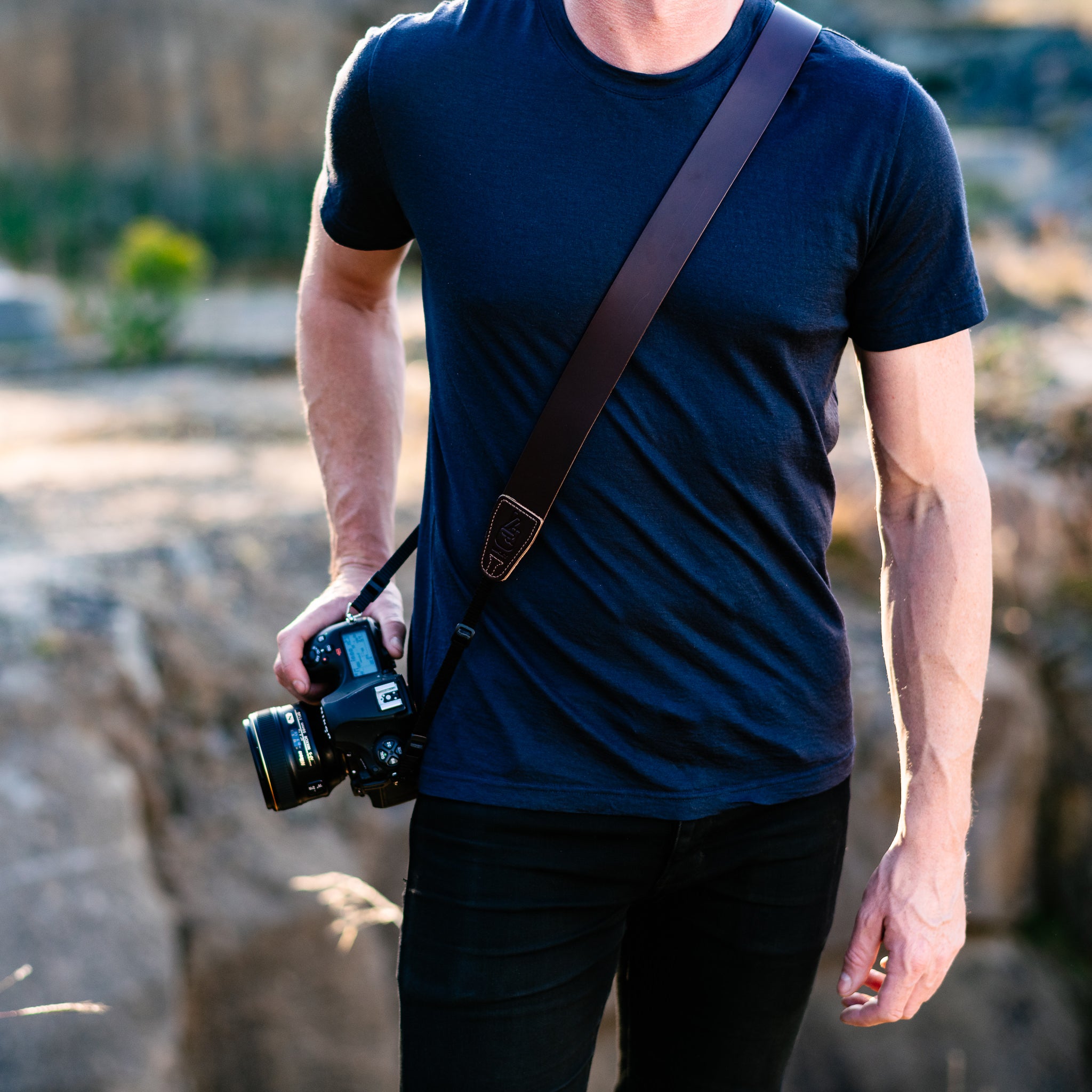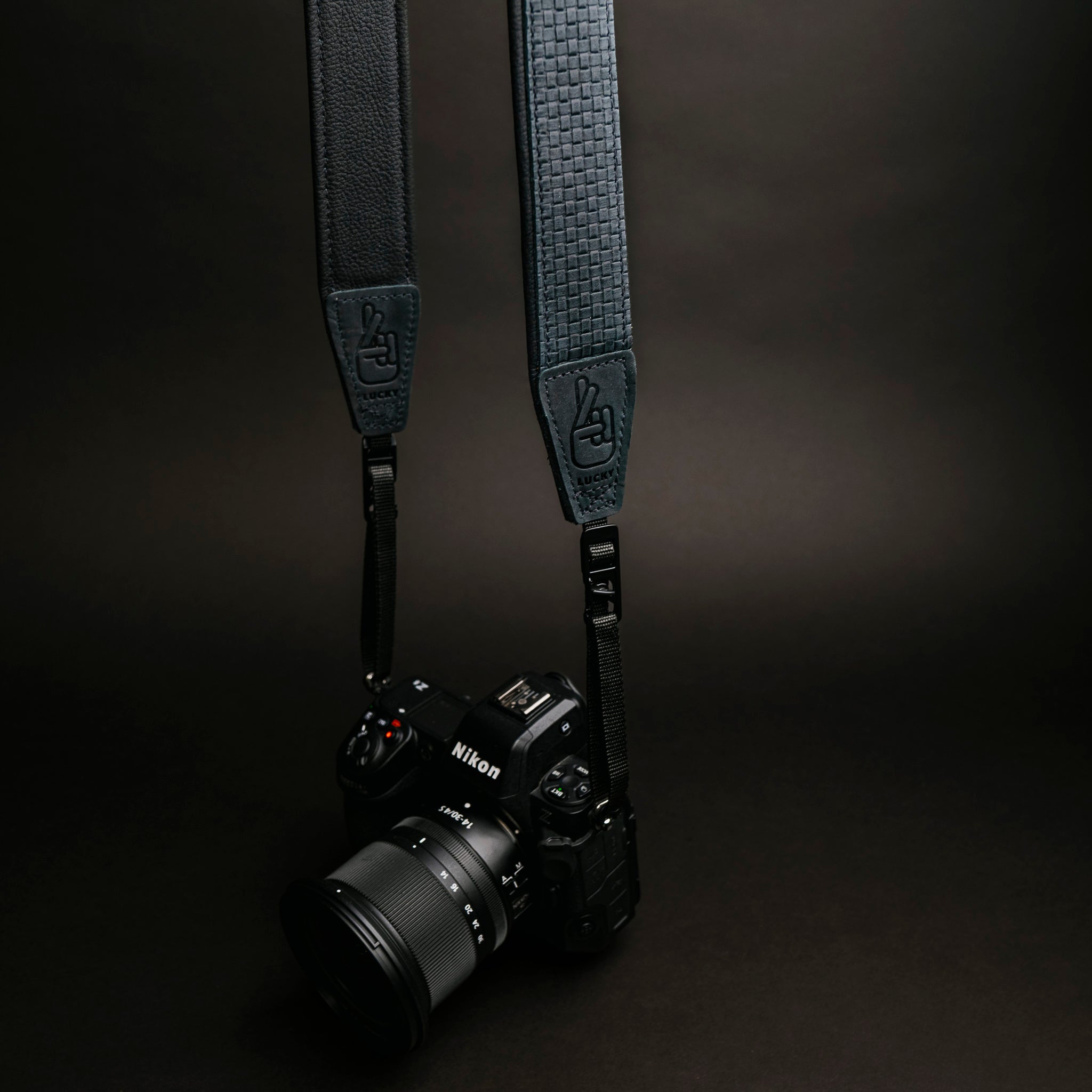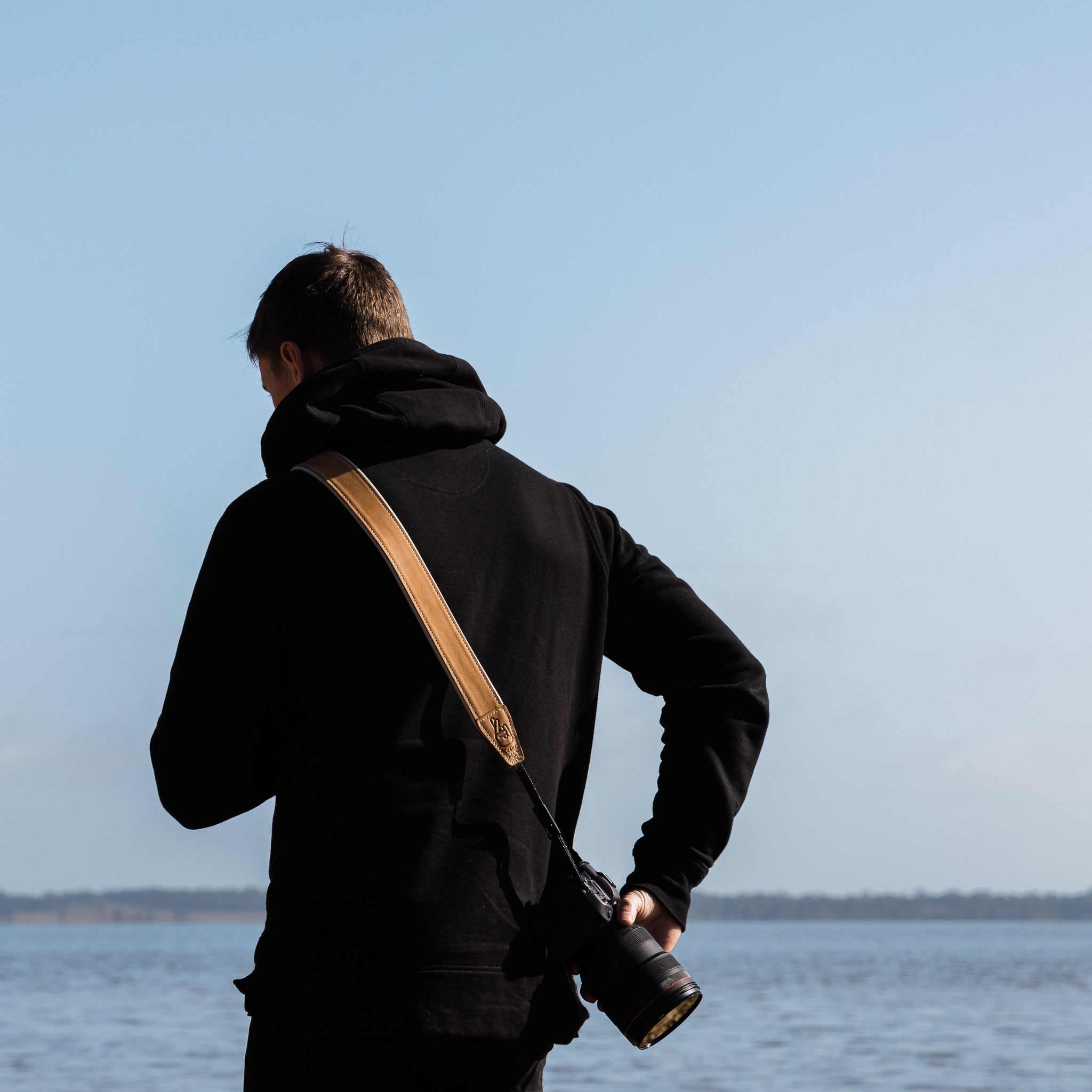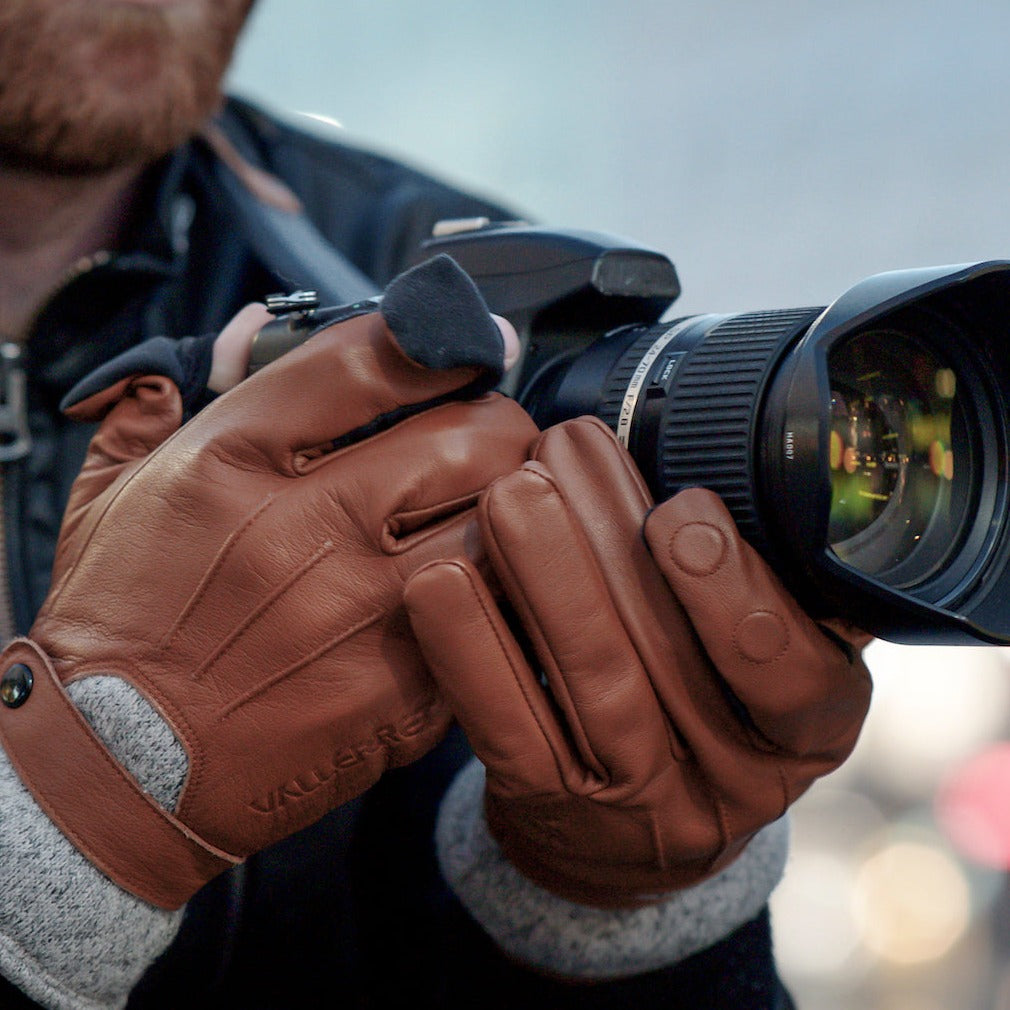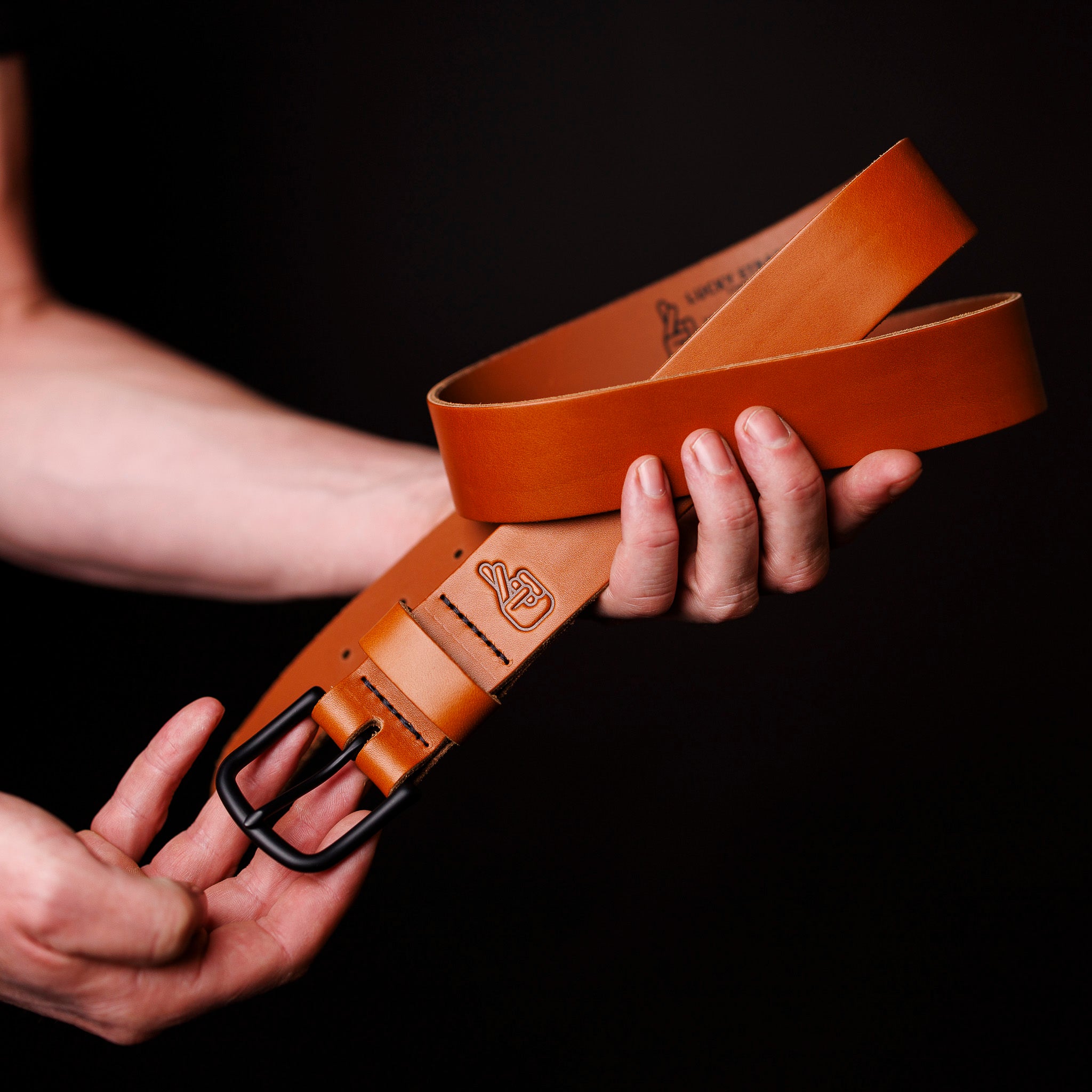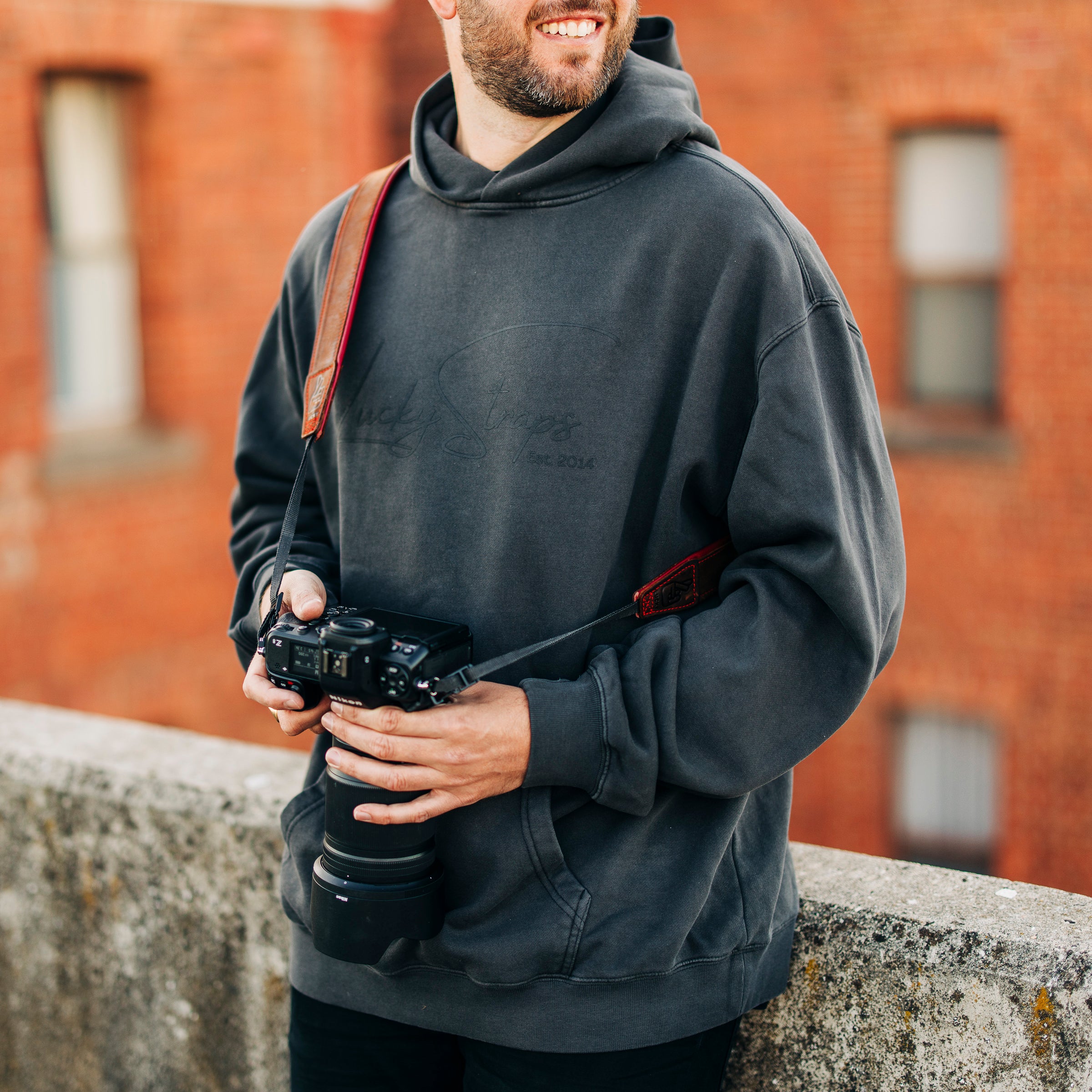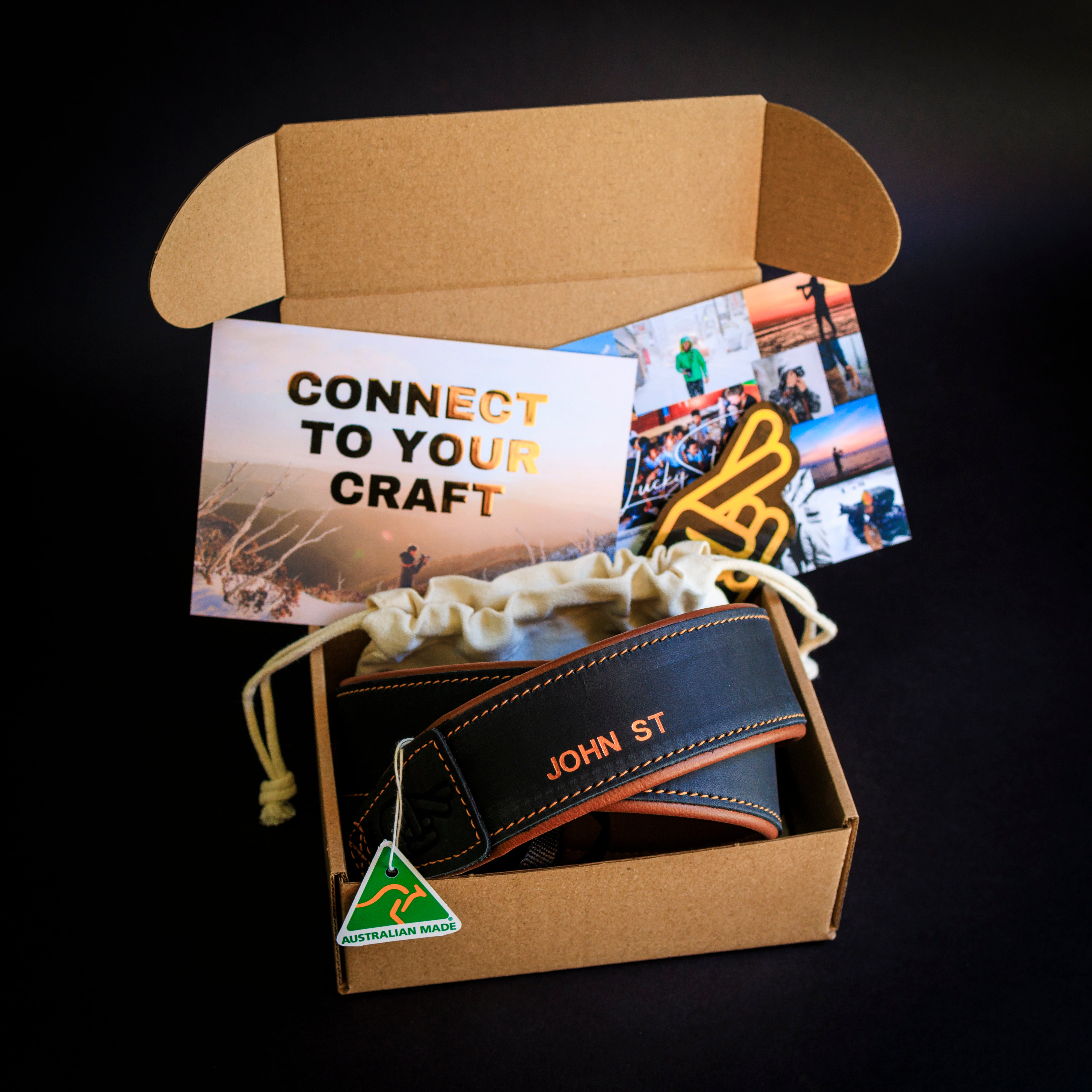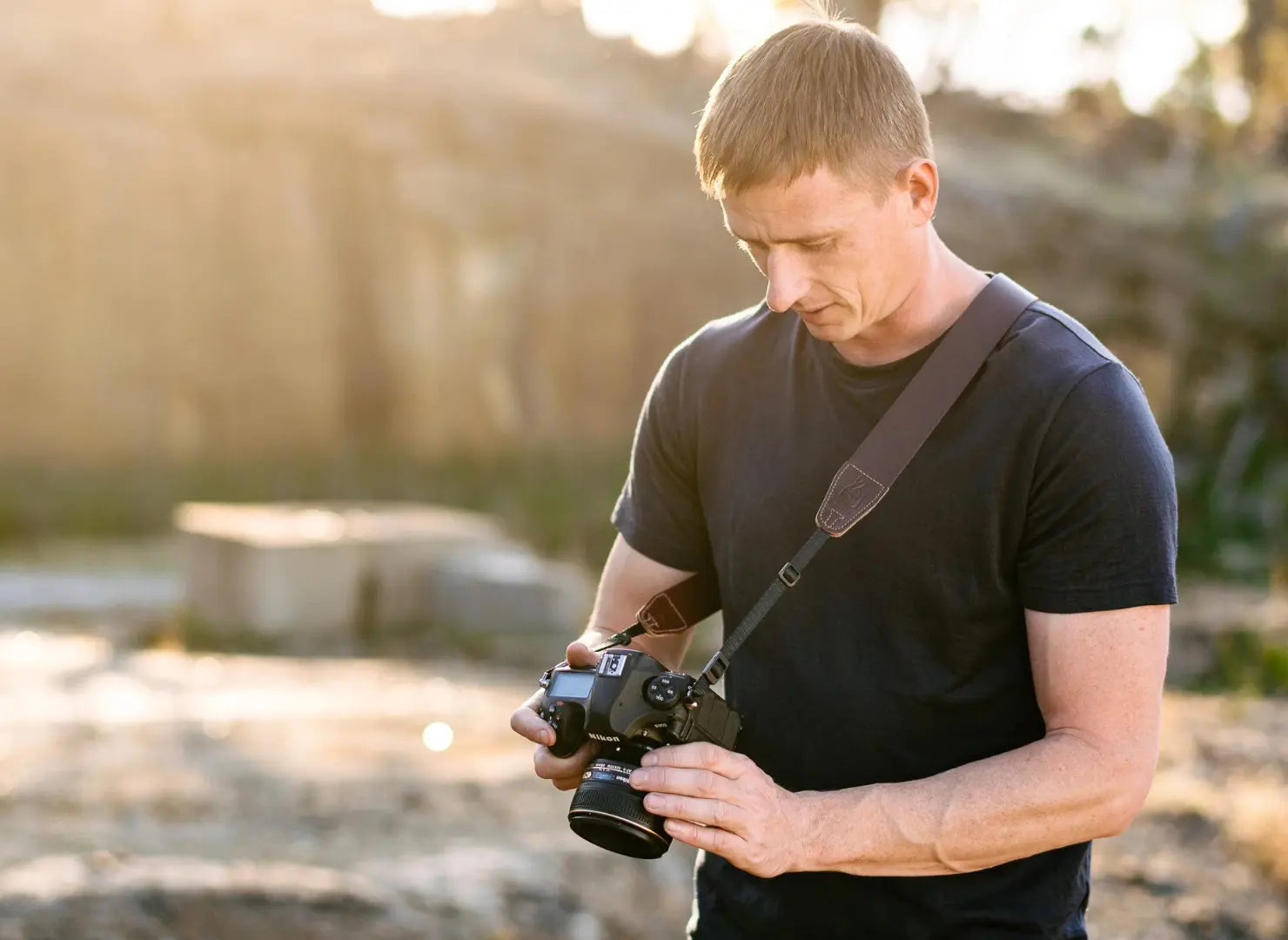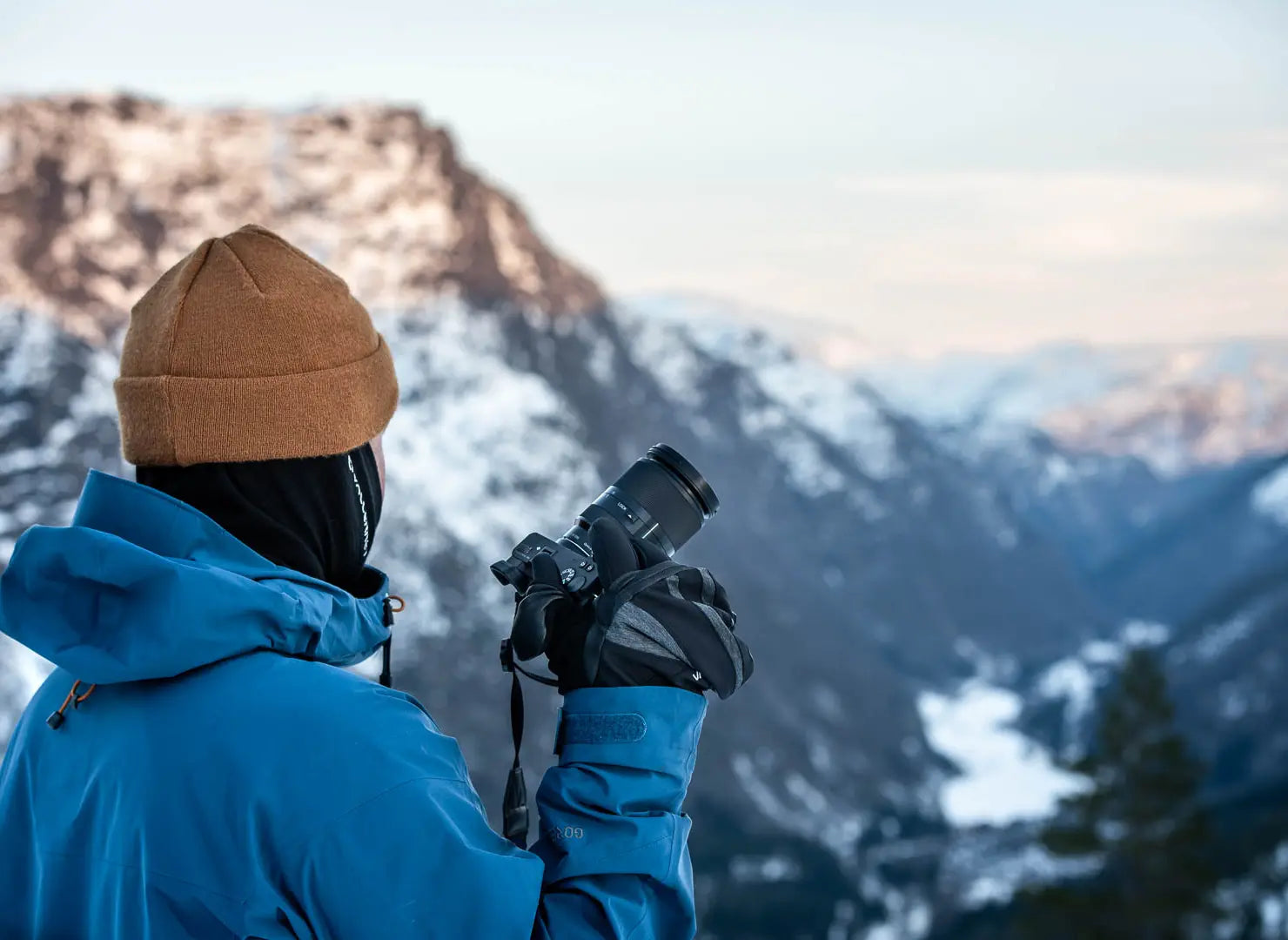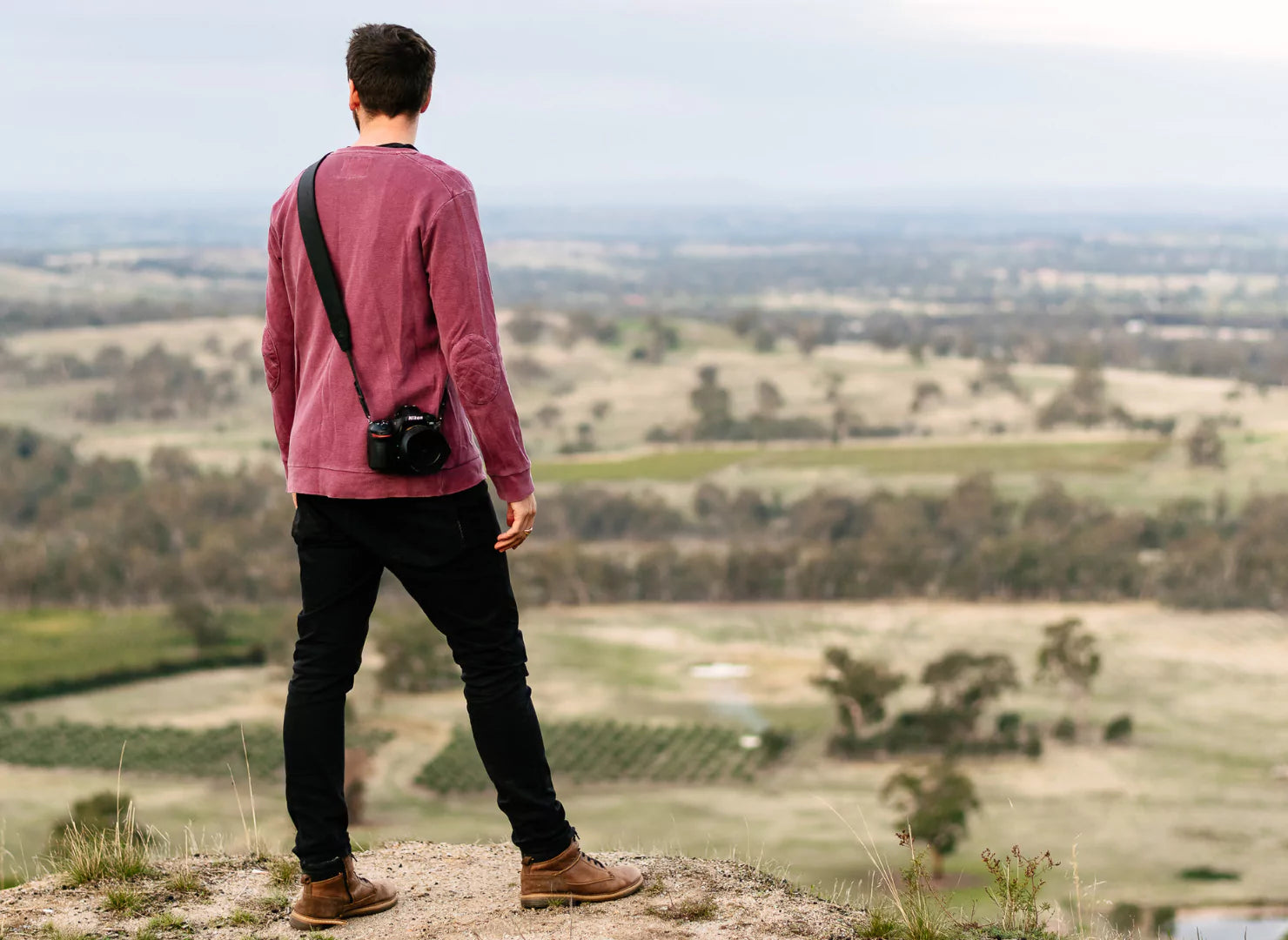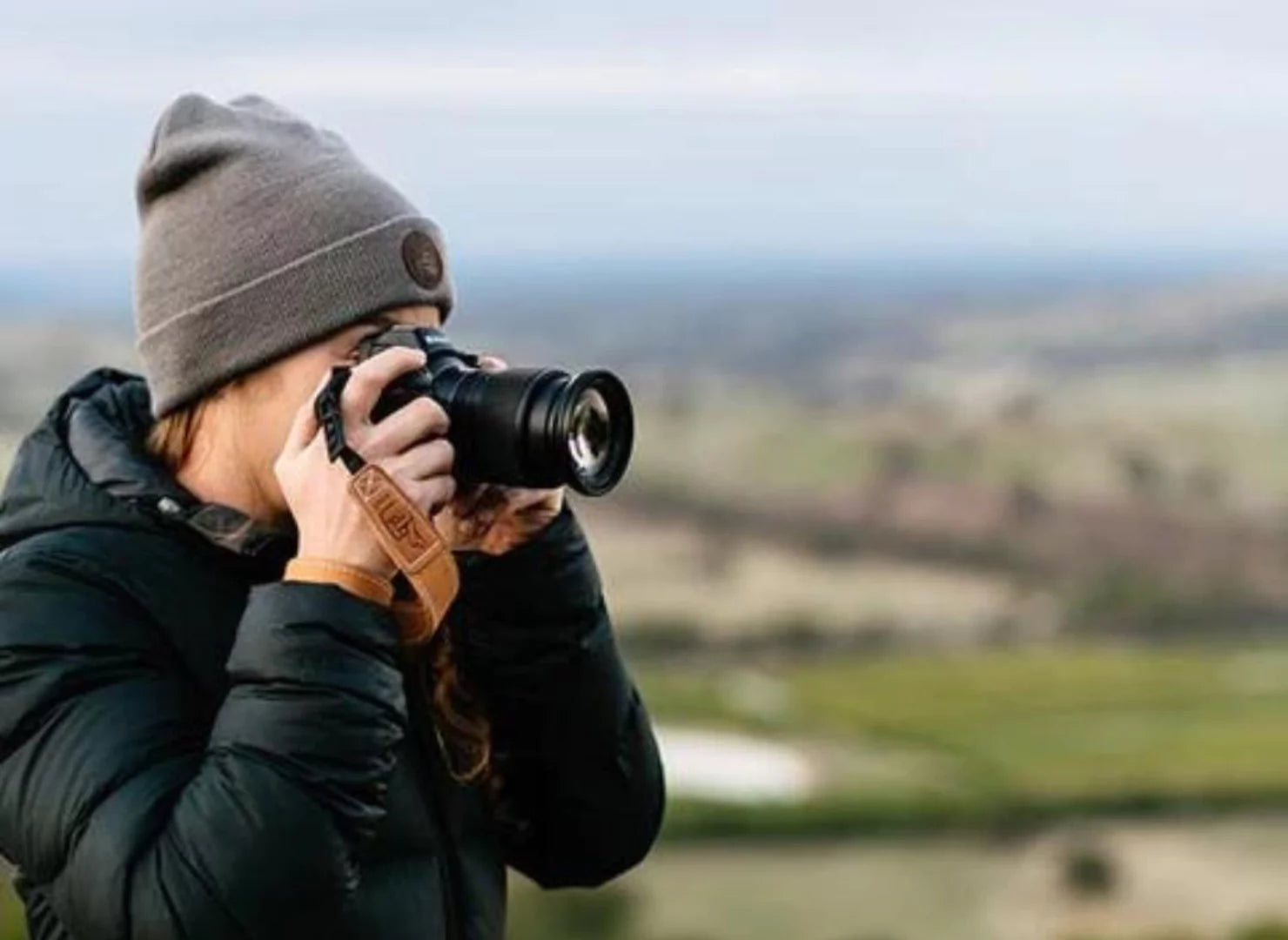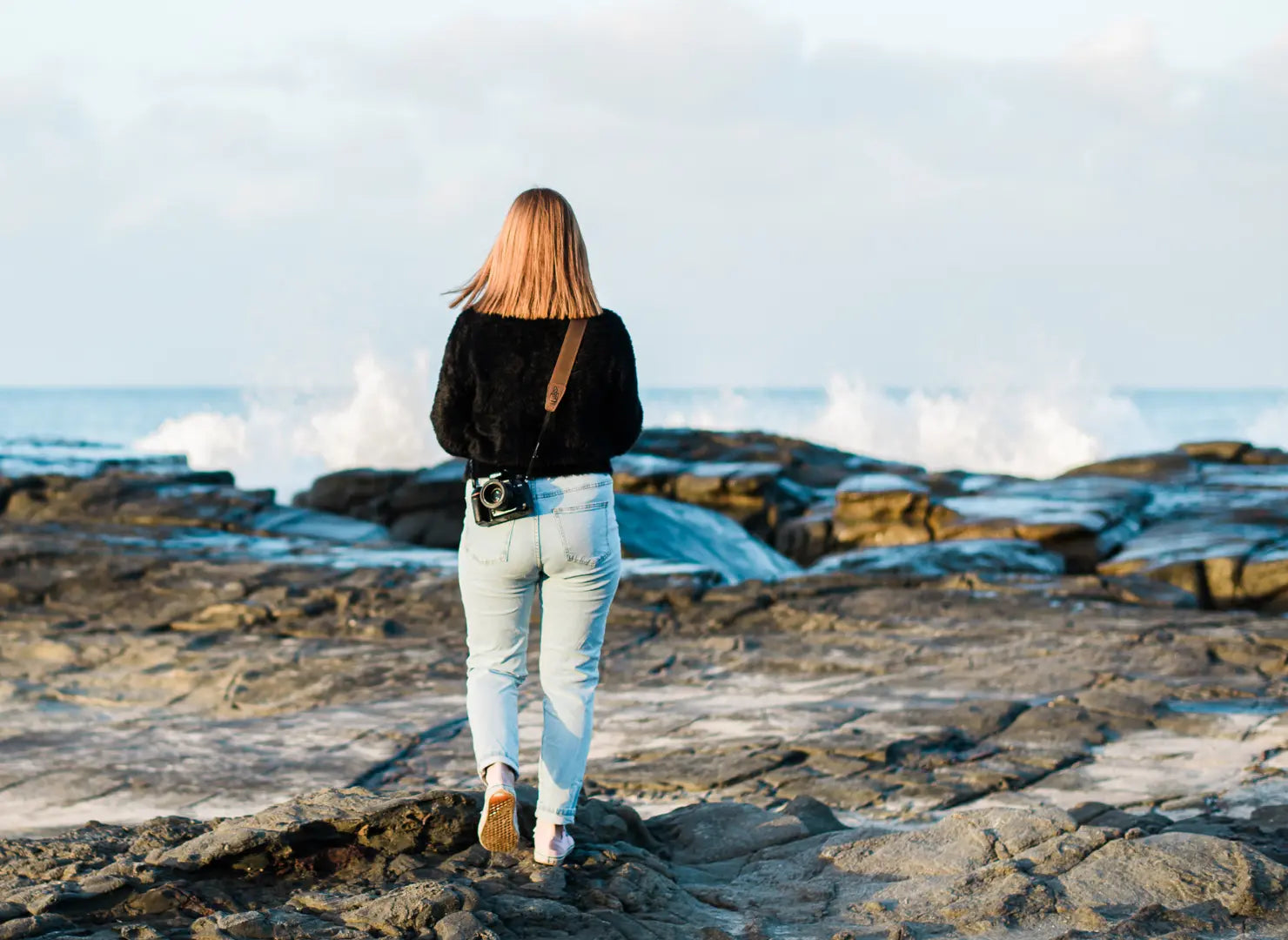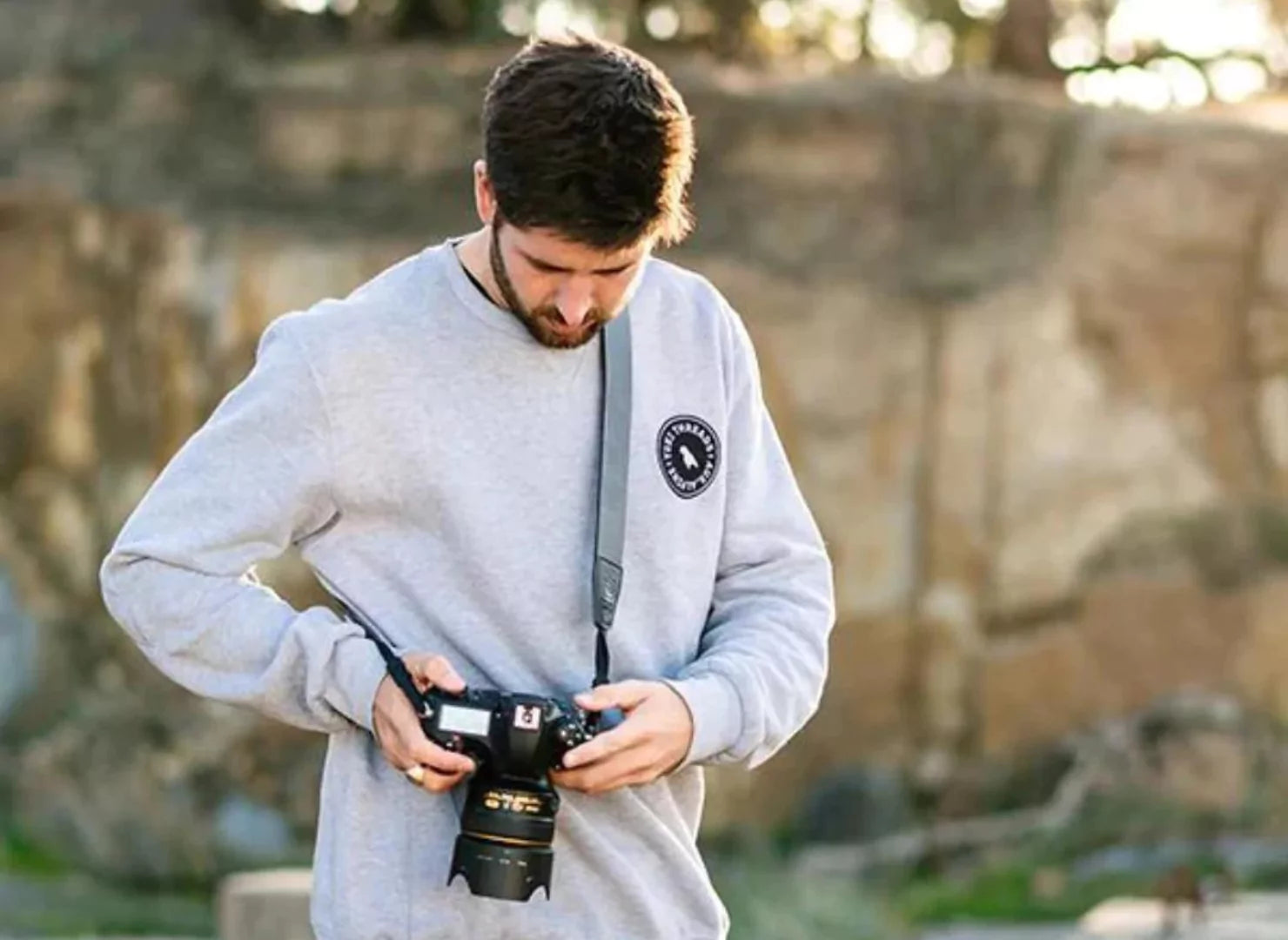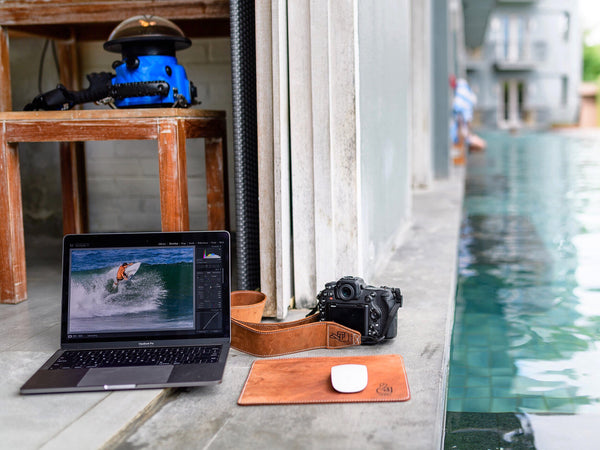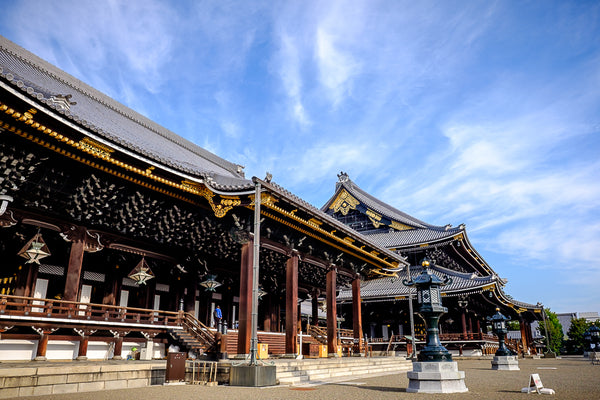In this article, we’ll chill out and discuss how to make the most of photography this winter. Or, for those of you reading along in the northern hemisphere, next winter. I know a lot of photographers who see the coming of winter as a bad omen for good photography. Some will pack away their tripods, cameras, and lenses to ride out the season and await sunnier times. This is necessary for some regions, given just how harsh winter can be. For others, they don’t see the point in heading out when the sky is a flat, dull grey for months on end. However, there’s no reason to believe that winter puts an end to all creative opportunities. If anything, it’s an opportunity to test and improve your photography skills.
Dress For Success

Psst: We actually sell Winter Photography Gloves by Vallerret - CLICK HERE TO SHOP NOW
When winter arrives, we pull the warm jackets, gloves, beanies, and scarves from storage and hang them by the front door. Heading out for a walk, to the store, or to visit friends demands a few extra minutes to rug up. That’s mostly fine when you’re out and about in your local neighbourhood. But what do you do when you’re heading out for an early morning or late afternoon landscape shoot in the forest? It’s essential to check the weather forecast for the temperature, the wind chill, and any potential for storms or blizzards. I can’t emphasise enough just how quickly the weather can change in the space of an hour once the sun sets. Layers are the key to success, comfort and safety in some situations. A heavy-duty jacket that’s rated for low temperatures is critical. Normal gloves can often be a nuisance while trying to adjust camera settings. Fingerless gloves or photography gloves with removable thumb and index finger covers are best. They will make all the difference to your comfort while still allowing quick control of your camera. Good quality boots and heavy woollen socks are another must, or you will be cursing yourself a fool when your feet become like ice.
Foggy Landscapes

An optimal time for landscape photography is early morning or late afternoon. Blue Hour and Golden Hour are the times of the day when the sun sets and rises, bringing with them gorgeous filtered warm or cool light. If it’s a cloudy, overcast day, it won’t matter much where the sun sits. Regardless, there’s a lot of opportunity to set up in a stunning location and capture moody landscapes. Make the most of the early morning fog and rolling mists to create mesmerising scenes. Work with long exposures at an icy river or lakeside to capture the swirling motion of water. Another popular scene, if you live near snowy landscapes, is to photograph snow-laden trees and landscapes. Then, come back in summer to the exact same spot and capture the same scene cast in golden light. The contrast between the two images will amaze you.
Umbrellas Everywhere

If you like to dabble in street photography or urban landscapes, winter is an excellent time to hit the city streets with your camera in hand. If you’re out on a wet day during peak business hours, you’ll view a sea of umbrellas bobbing up and down along the pavement. It makes for compelling storytelling and composition as black-clad citizens are within the shadows while their umbrellas speak of their character. Another great way to capture busy and wet street scenes is from a high vantage point. Being elevated on a pedestrian walkway, bridge, or cafe window gives a great position to capture busy city streets.
Gardens Frozen In Time

While winter is typically a time for gardens to lay dormant, waiting for the spring, there’s still a lot worth seeing. Spend some time in your garden, a community garden, or the local botanical garden to document the impacts of winter on the natural world. Early morning frost can turn a dull lawn into a glistening sea of diamonds. In freezing climates, plant life can freeze in time, creating a perfect specimen to photograph. If you get heavy snow, document the changes over time or how your pets interact with a winter wonderland. You can achieve this without straying too far from the warm comfort of home.

Water, Ice, And Snow

If you have a favourite spot to visit during finer weather, it’s well worth the time to visit that same spot during winter. You’ll be amazed at how water, ice and snow can dramatically change the visual appeal of a street scene, architecture, country lane, or the steam appearing on your local cafe windows. Water, ice, and snow create reflective surfaces where they didn’t exist before. Those reflections can add depth and interest to even the most mundane subjects. Rather than holding your camera up to shoot a cityscape, consider angling it down towards a puddle to capture the reflection instead. If you’re heading to an area with heavy snow, it’s worth considering an ND filter to control the excessive white light in your shots effectively.

Aside from protecting yourself from the cold winter weather, you also need to protect your camera and lenses. If heading out into wet or freezing conditions, it’s worth understanding the limitations of your camera and lenses. Most modern digital cameras feature some level of weather resistance. In some cases, the weather sealing is minimal and in other cases, the camera and lens feature protective gaskets around every opening. Cameras typically feature a range of temperatures where operation is assured. Check this also to ensure that your camera can withstand freezing conditions. My final advice for travelling around wet and icy surfaces is to have your camera on a strong, secure strap. The last thing you want is to slip and watch your camera skating away into the distance.


